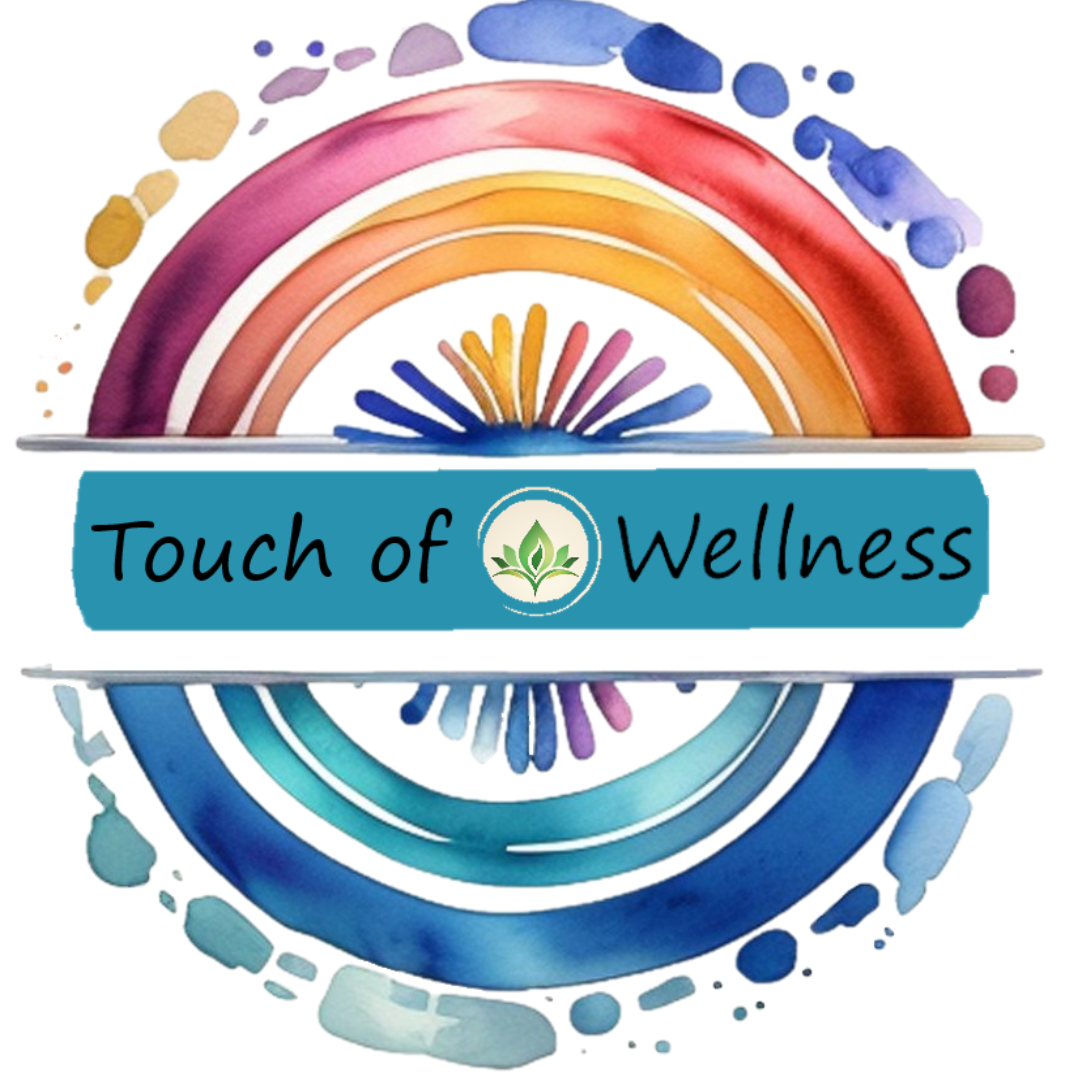10 Massage Myths Debunked: What You Need to Know
Massage therapy has been practiced for centuries, yet it remains surrounded by numerous myths and misconceptions. In this article, we'll debunk some of the most common myths about massage therapy and clarify what’s true and what’s not.
Myth 1: “Massages Are Just for Relaxation”
Debunked: While massages are indeed fantastic for relaxation, they offer a plethora of health benefits beyond just stress relief. Regular massage therapy can improve circulation, reduce muscle tension, enhance flexibility, and even help manage chronic pain conditions. It can also boost the immune system and improve overall mental health by reducing anxiety and depression.
Myth 2: “Massages Are Painful”
Debunked: The idea that massages must be painful to be effective is a common misconception. While some deep tissue massages can involve discomfort due to the pressure applied to relieve muscle knots, a good massage therapist will always work within your pain tolerance. Communication with your therapist is key to ensuring a comfortable and beneficial experience.
Myth 3: “Massages Are a Luxury, Not a Necessity”
Debunked: Many people view massages as an indulgent luxury, but they can be a vital component of a holistic health regimen. For those dealing with chronic pain, sports injuries, or high-stress levels, regular massages can significantly improve quality of life and overall health. Think of it as an investment in your well-being rather than a mere treat.
Myth 4: “Only Athletes Need Regular Massages”
Debunked: While athletes do benefit greatly from regular massages due to the physical demands of their sports, anyone can reap the rewards of massage therapy. Office workers, parents, students, and people from all walks of life can benefit from reduced muscle tension, stress relief, and improved posture.
Myth 5: “Massages Can Spread Illnesses”
Debunked: Professional massage therapists follow stringent hygiene practices to ensure the safety and health of their clients. This includes sanitizing tables, washing hands thoroughly, and often using disposable coverings. As long as you visit a licensed therapist in a reputable establishment, the risk of spreading illnesses is minimal.
Myth 6: “Massages Are Only Effective if They’re Long”
Debunked: The effectiveness of a massage isn’t solely dependent on its duration. Even short sessions, such as 15-30 minutes, can provide significant benefits. The key lies in the skill of the therapist and the techniques used during the session. A focused, shorter massage can be just as effective as a longer one.
Myth 7: “You Should Always Feel Sore After a Massage”
Debunked: While some people might feel a little sore after a deep tissue massage, it’s not a universal outcome and certainly not a requirement for an effective session. Post-massage soreness should be mild and temporary, not severe or long-lasting. If you experience significant pain, communicate with your therapist to adjust the pressure in future sessions.
Myth 8: “All Massage Therapists Are the Same”
Debunked: Just like in any profession, massage therapists vary in their training, skills, and specialties. It’s important to find a therapist who is licensed and experienced in the type of massage you’re seeking. Whether it’s Swedish, deep tissue, sports, or prenatal massage, the right therapist can make all the difference in your experience.
Myth 9: “Massages Can Replace Medical Treatment”
Debunked: While massages offer numerous health benefits, they are not a substitute for medical treatment. They should be viewed as a complementary therapy that can support and enhance medical care. Always consult with your healthcare provider before beginning any new treatment regimen, especially if you have underlying health conditions.
Myth 10: “Massage Therapy is Only for Adults”
Debunked: Massage therapy can be beneficial for individuals of all ages, including children and the elderly. Pediatric massage can help with conditions like colic or growing pains, while geriatric massage can improve circulation and reduce arthritis pain. Therapists can tailor techniques to suit the specific needs and conditions of different age groups.
By debunking these common myths, we hope to provide a clearer understanding of what massage therapy truly offers. Whether you're seeking relaxation, pain relief, or improved athletic performance, massage therapy can be a valuable part of your health and wellness routine.
